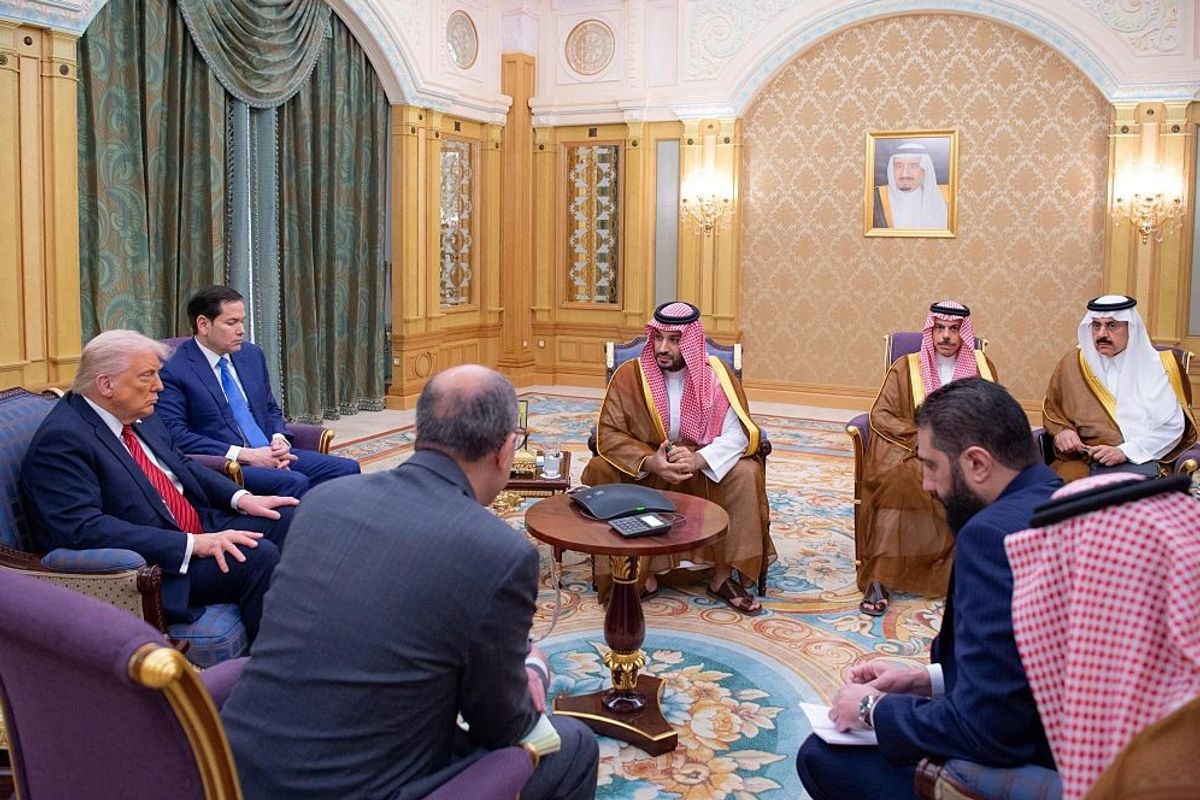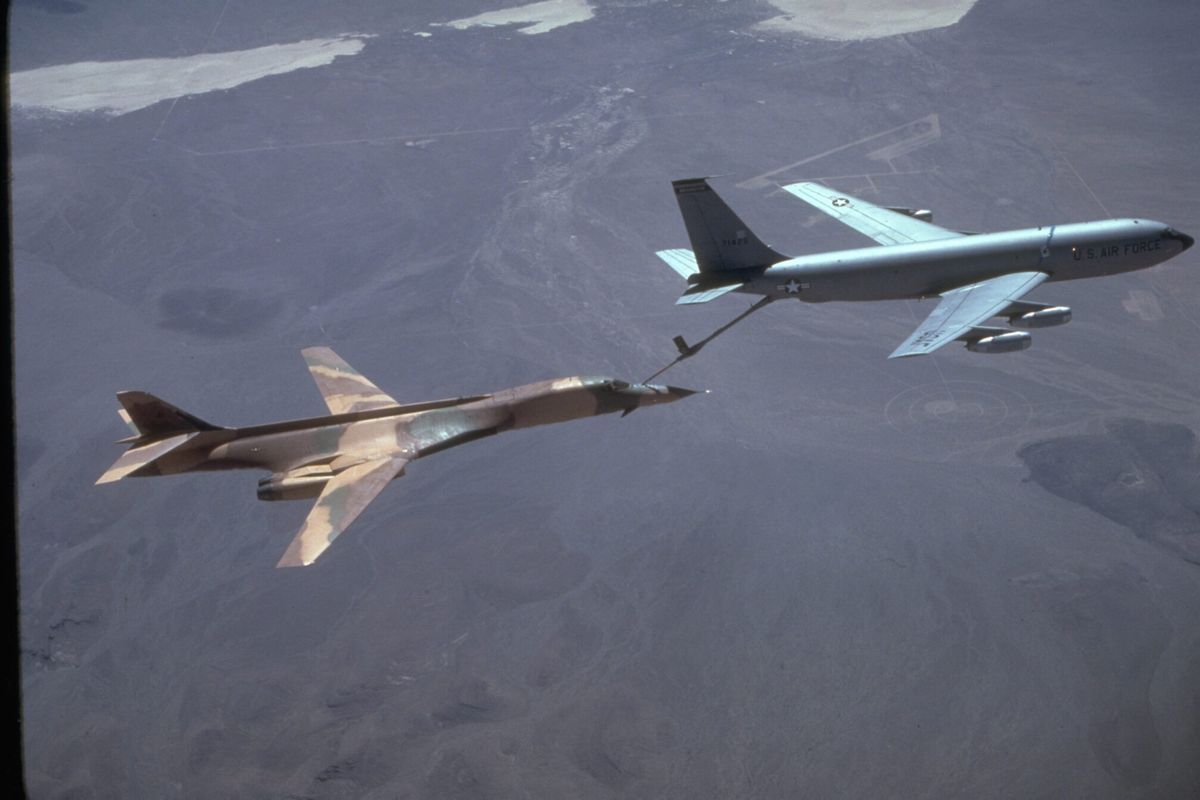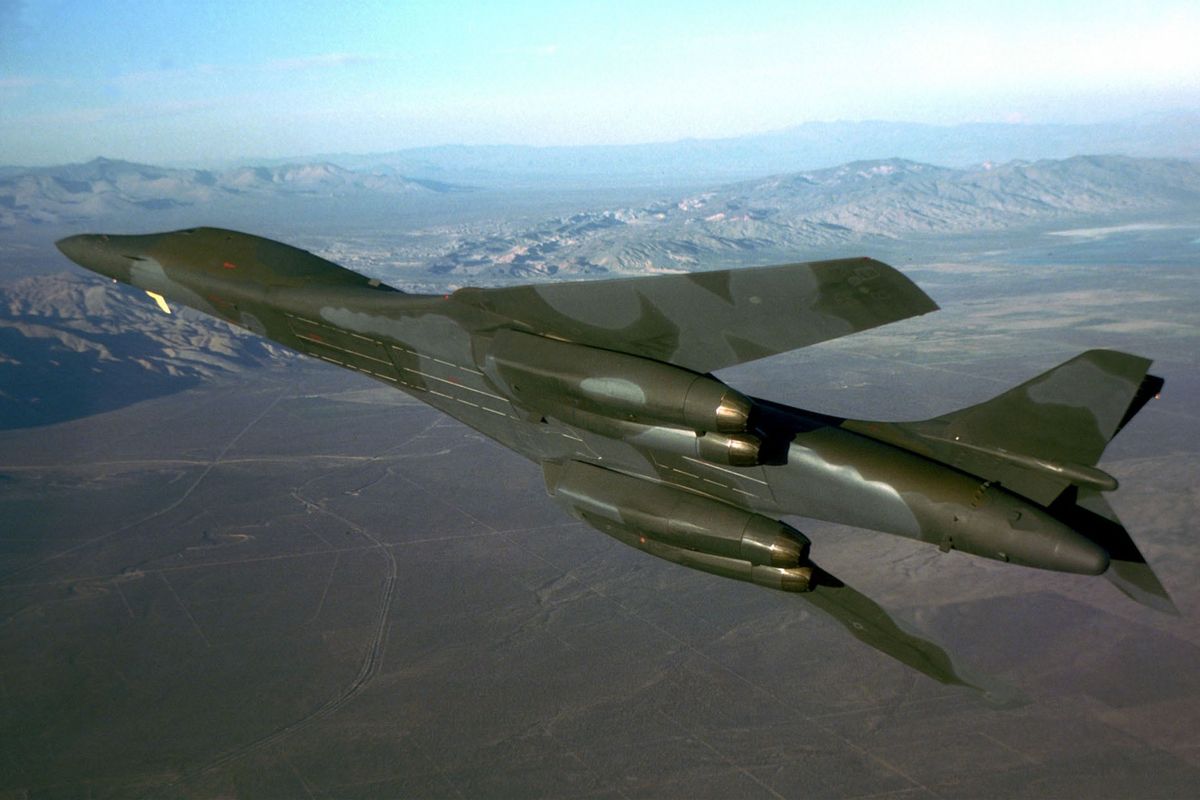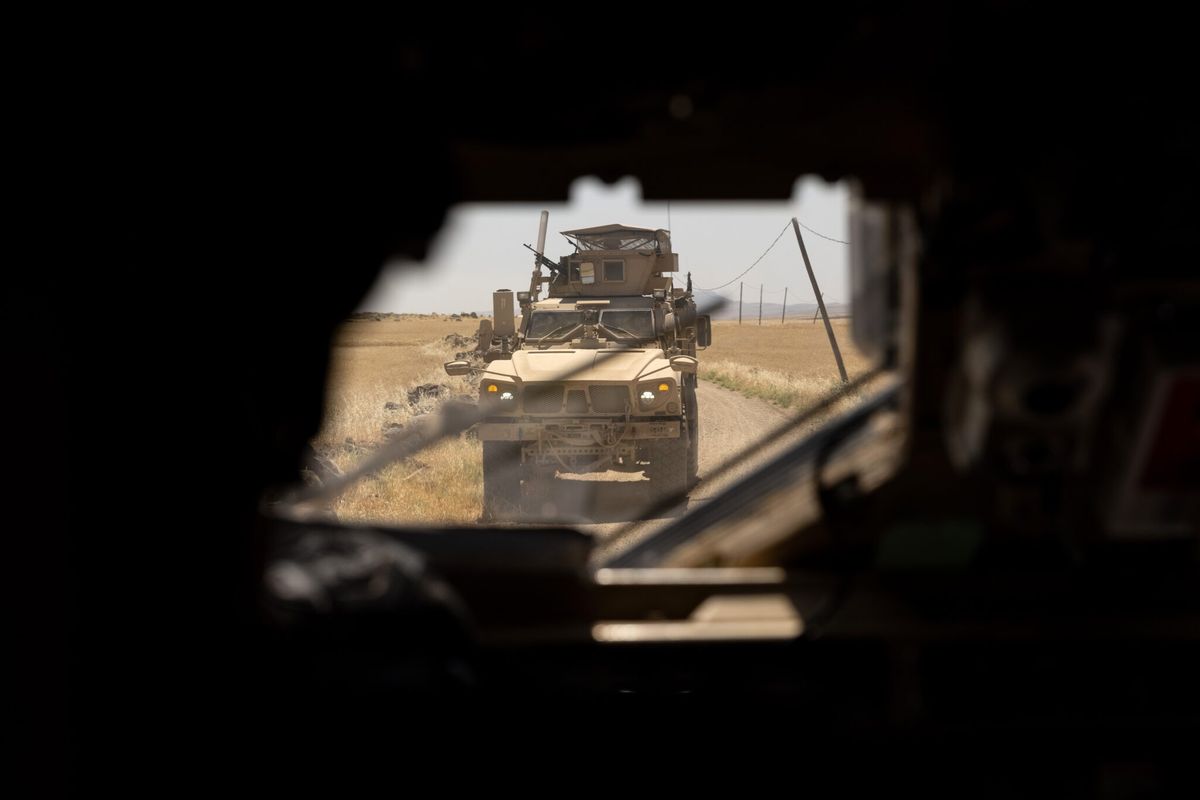The recent “cancellation” of Jabhat al Nusra’s operations along with the formation of a new entity independent from al Qaeda, named Jabhat Fatah al Sham, appears to signal the decline of al Qaeda as a global movement. Instead, however, it is al Qaeda’s latest ploy to buy time to set conditions in its favor before fighting its desired war against the West.
American policymakers consistently underestimate the threat al Qaeda continues to pose because of a pervasive myth that locally focused groups are not as dangerous to U.S. security. Prior to the “cancellation” of Nusra’s operations, Director of National Intelligence James Clapper dismissed Nusra as a “nascent” danger that “doesn’t approach” that of ISIS. He characterized the ongoing policy debate over Nusra as “hype” and said no quick fixes in Syria are possible. And now, with Nusra’s recent “split” from al Qaeda, al Qaeda’s operations in Syria seem increasingly pale compared to those of ISIS.
Clapper is wrong, however, to conclude that Nusra and al Qaeda’s ambitions in Syria pose a lesser threat. The immediate threat of spectacular attacks is not the most important indicator of a serious danger to American security. Al Qaeda still intends to provoke and win a war against the West, but it first hopes to unite the Sunni Muslim community behind itself. Syria is the staging ground for al Qaeda’s future global campaign, and al Qaeda is using its involvement in the Syrian war to unite Syria’s rebelling Sunni population under its leadership. The result will be more than a mere safe haven within which to develop externally focused attack cells – al Qaeda is building a significant fighting force to use in a future war with the West. Al Qaeda is also insulating itself against ISIS weaknesses, such as the alienation of locals. How the U.S. acts in Syria can define the success or failure of al Qaeda’s next wave of global terrorism.
Even though the war against the Assad regime was Nusra’s main effort, the group also sought to conduct externally focused operations. The same will be true for its successor. Clapper testified in January 2014 that Nusra “does have aspirations for attacks on the homeland.” The U.S. launched strikes in September 2014 against al Qaeda operatives sent to Syria to plan and recruit Westerners to conduct an attack. Statements that characterize these operatives as distinct from Nusra are misleading – Nusra members participated in the plot and have since reiterated the “desirability” of future attacks. The U.S. intelligence community confirmed in 2016 that “al Qaeda nodes” in Syria are still planning attacks. There is nothing to indicate that the “new” Nusra, Jabhat Fatah al Sham, will deny safe haven to al Qaeda nodes plotting attacks from Syria in the future.
The question of a group’s formal al Qaeda affiliation is an even bigger red herring. Al Qaeda carefully monitors Western policy debates and has learned how to avoid an American intervention. It has noticed that active plots to conduct spectacular attacks in the West trigger immediate American reprisals, but the widespread indoctrination of local populations does not. Al Qaeda is therefore focusing on transforming Syrian society in its own image, after which it can reactivate its global attack capability. Al Qaeda’s leadership granted permission for Jabhat al Nusra to form Jabhat Fatah al Sham. Its exact language stated that Jabhat al Nusra should “do what is necessary to preserve the Syrian jihad.” The formation of Jabhat Fatah al Sham is a pragmatic decision to avoid American targeting and enable Joulani to negotiate a merger of the northern Syrian opposition under his leadership – a major al Qaeda objective. Al Qaeda is buying time and space for its trusted operatives to finish preparing for the fight.
Al Qaeda is meanwhile quietly developing a foreign fighter network in Syria while the West focuses on ISIS. Nusra absorbed numerous previously independent foreign fighter units starting in late 2015 and launched a recruitment campaign after Al Qaeda’s leader released a global call for fighters to join Nusra in May 2016. These foreign fighters can turn homeward in dangerous ways, as ISIS has demonstrated. There is no indication that Jabhat Fatah al Sham will not continue to host and train these foreign fighters. The U.S. has an opportunity to mitigate this third wave of global terrorism if it acts quickly to disrupt al Qaeda’s operations in Syria.
The need for greater U.S. intervention in Syria is clear, but the options are difficult and costly. Clapper accurately stated that no “good choice” exists – Syria is one of the most complex battlefields in recent history. The Institute for the Study of War and AEI’s Critical Threats Project tested numerous courses of action at various levels of American involvement through scenario development and red-teaming sessions. Most of them failed for a simple reason: al Qaeda can respond much faster to changes in its environment than the U.S.
Russia is not a solution for quelling Syria’s growing jihadist threat posed by both al Qaeda and ISIS. A joint U.S.-Russian campaign would ally the U.S. with the Assad regime and a Russian air campaign that has intentionally and systematically struck hospitals and other illegal targets. Russia’s air campaign has driven support for Salafi jihadi groups that the U.S. cannot reverse. Partnering with Russia would convince Syrians that the U.S. has always been allied with the Assad regime and Russia – a narrative Salafi jihadis propagate.
The lack of a simple or low cost option in Syria does not remove the obligation to act. The Salafi jihadi threat is not simply nascent and local. Policymakers must weigh the cost of an intervention in Syria in the near term against the cost of fighting a future war on Nusra’s terms. They’ll likely find that the necessary war is now – not in ten years when Nusra is primed for the fight.












